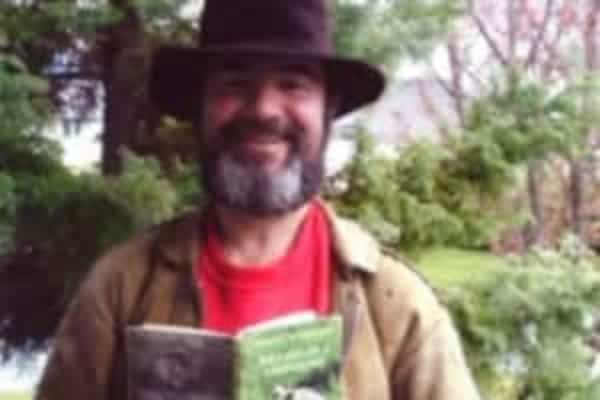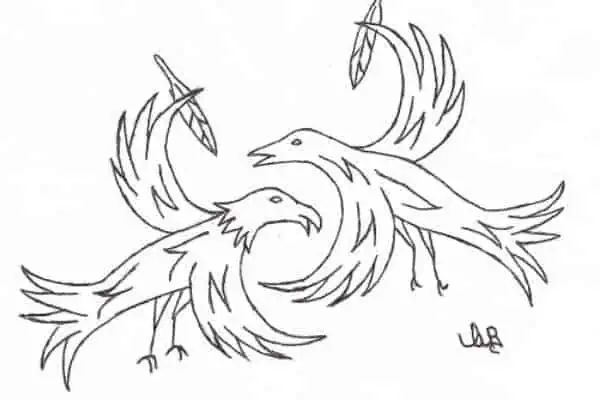Singing Auld Lang Syne has become a tradition on New Year’s Eve, but why?
Truth be told, I had always thought that “Auld Lang Syne” was some saintly old soul and it was just this year that I realized and appreciated, for the first time, the depth of meaning beneath these lyrics. Robert (“Robbie”) Burns, the renowned poet known also as Scotland’s national bard, wrote this poem, in 1788, which then adopted its tune from a traditional Scottish folk song. And although we often sing “syne” as if it were “zyne,” the original and proper pronunciation is with the “s.”
If you were to ask the older generation (Boomers and beyond) what the song means and why it is sung, they might respond by telling you that it is sung, of course, on New Year’s Eve, as a fond farewell to the year gone by and a warm embrace of the new one to come. You may have heard it sung after the traditional ball drop on New Year’s Eve in New York City’s Times Square. (The ball drop, itself, has a fascinating history that you can read about on Wikipedia.)
Or perhaps you’ve sung “Auld Lang Syne” in memory of an old friend, whether distant or passed.
And did you know that it is sung at the conclusion of Scouting jamborees in many countries?
The meaning of “auld lang syne” is “old long since,” “a very long time ago,” or similarly expressed as days long past but not forgotten. The song lyrics are really a call to remember—to recall, with fondness, days and dear ones who have passed, but still live on, in some way, in our lives. Although the song has four verses, it is the first and last that are most often sung, lustily, at gatherings or memorials.
The song, though wistful, is sung with a lilt. It is contemplative, but celebratory—contemplating days and friends and celebrating our memory of them. And, of course, the song is sung in celebration of the poet himself, of Robert (Robbie) Burns, on Robbie Burns Day (Jan. 25), or whenever and wherever he is celebrated.
In Scottish gatherings, “Auld Lang Syne” is sung in a circle, as each person crosses their arms across their breast and joins hands with the person on either side. At the end of the last stanza, they pull towards the center, still holding hands, then outward again before ducking under arms and facing outward with hands still joined. Quite a feat, but one I would like to try this New Year’s Eve, for auld lang syne.
I fairly fell in love with the Youtube version posted by user NoPrivacy in 2008, so am sharing it with you here (above) and also extending heartfelt wishes to you and yours as you bid farewell to this old year and greet the new one with a warm embrace.
Blessings to you and yours, now and in the year to come.




